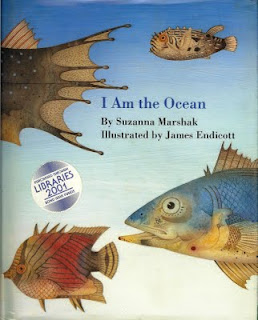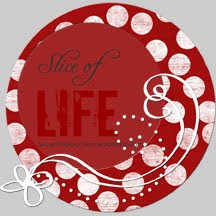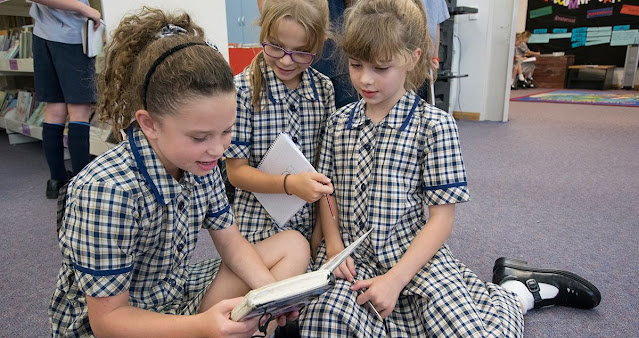How Do We Provide Effective Writing Instruction?
I recently had the good fortune to work with a group of Graduate teachers about to embark on their initial teaching appointments in January 2010. They presented with that expected blend of enthusiasm and trepidation. Along with some fellow consultants we spent a week together at Victoria University examining how best to deliver literacy in the classroom. They watched keenly as classroom visitations to a variety of schools provided demonstrations of the literacy block and the reading, writing connection. They witnessed explicit teaching of literacy strategies, where students practiced authentic reading and writing. They had opportunities to observe how quality conversations enhance understanding for literacy learners. They came back with questions and wonderings… I trust, as a result of this experience, these eager graduates will carry with them these important messages about the teaching of writing: Effective Teachers Develop A Sense of Community for Student Writers! This important ele...







